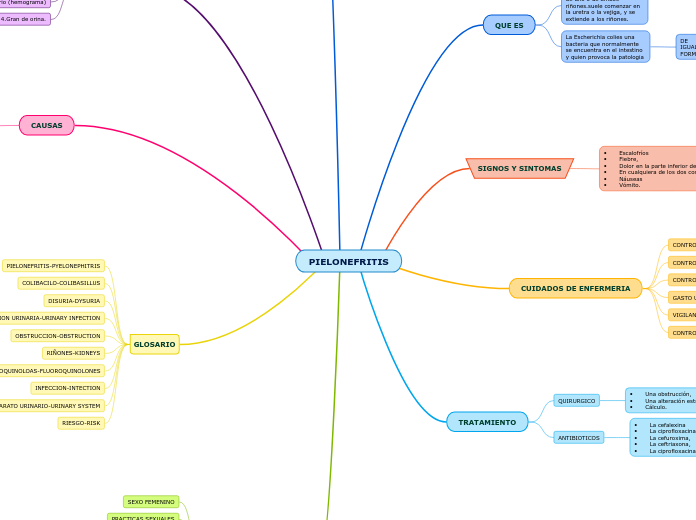Métodos Diagnosticos
Learn more about hurricanes and tornadoes, the areas of the world they affect, how they are formed and when, and what you can do to survive such an extreme storm.
PARASITOS
Toxoplasmosis
The classification system for hurricanes is called The Saffir-Simpson Hurricane Wind Scale, and it's a 1 to 5 categorization of the hurricane's intensity at the indicated time.
Each category expresses the intensity in miles per hour. Example: category 1 (74-95 mph).
Type in the other 4 categories.
Estudio histopatológico y cultivo
Babesia
Diagnóstico molecular (PCR)
Diagnóstico microscópico de hemolinfa
Type in the two official seasons from the Atlantic and Pacific.
Enfermedad de Chagas
Which are the areas/countries of the world hit most frequently or severely by hurricanes? Choose from the options below or add your own.
ChinaPhilippinesGrand CaymanJapanAustraliaUnited StatesCaribbeanMexicoTaiwanVietnamAtlantic CoastOther
Diagnóstico serológico
Métodos basados en la detección de ácidos nucleicos.
Métodos diagnósticos indirectos: Xenodiagnóstico y cultivo
Malaria
Hurricanes are the most violent, swirling storms on Earth, with winds that can go up to 259 kilometers per hour.
A hurricane's forming elements:
- Eye- the "hole" at the center of the storm where the winds are lighter and the skies are only partly cloudy
- Eye wall- the ring of thunderstorms that are swirling around the eye. This is where the winds are the strongest and rain the heaviest.
- Rain bands -that expand from the eye wall
Procedimientos alternativos adicionales
Diagnóstico microscópico
Extensión fina
Gota gruesa
Pruebas rápidas para el diagnóstico de la
malaria (PRD)
VIRUS
Chikungunya
The classification system for tornadoes is called The Fujita Scale (or F scale), and it's an F0 to F6 categorization of the tornado's intensity.
Each category expresses the intensity in miles per hour.
Example: category F0 (40–72 mph; includes damages to trees, chimneys, and billboards).
Type in the other 5 categories.
Zika
Tornadoes can occur almost all over the world, but US's unique geography makes it the ideal place for their development.
Type in the tornado seasons in the United States, taking into account the
Southeast and Northern Plains regions.
Detección antigeno
Dengue
Which are the areas/countries of the world hit most frequently or severely by tornadoes? Choose from the options below or add your own.
North AmericaEuropeSouth AfricaPhilipppinesBangladeshNew ZealandSouth AmericaCanadaOther
Detección antigeno NS1
Detección genoma (RT-PCR)
Fiebre amarilla
Tornadoes are local storms of short duration (this ranges between 5 and 10 minutes) formed of winds that rotate at very high speeds, usually in a counter-clockwise direction.
A tornado's characteristics:
- Time of day: they usually occur in the afternoon (3 - 7 PM)
- Direction: usually from southwest to northeast
- Length of path: this is the distance it travels; the average is 4 miles, but it could also travel around 300 miles.
- Width of path: averages between 300 and 400 yards but tornadoes have cut paths a mile or more in width.
- Speed of travel: though speeds of 68 mph have been reported, the average speed is somewhere between 25 and 40 mph.
- Cloud: dark cumulonimbus (thunderstorm cloud) from which the funnel-shaped pendant extends to the ground.
- Precipitation: rain and hail before the tornado hits and heavy downpour to the side of the tornado's path.
- Sound: roaring, rushing noise.
Métodos indirectos
Serología lgG
Serología lgM
Métodos directos
Detección Molecular (RT-PCR)
Aislamiento viral









